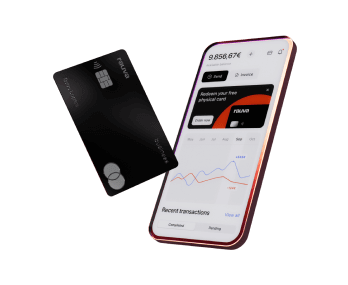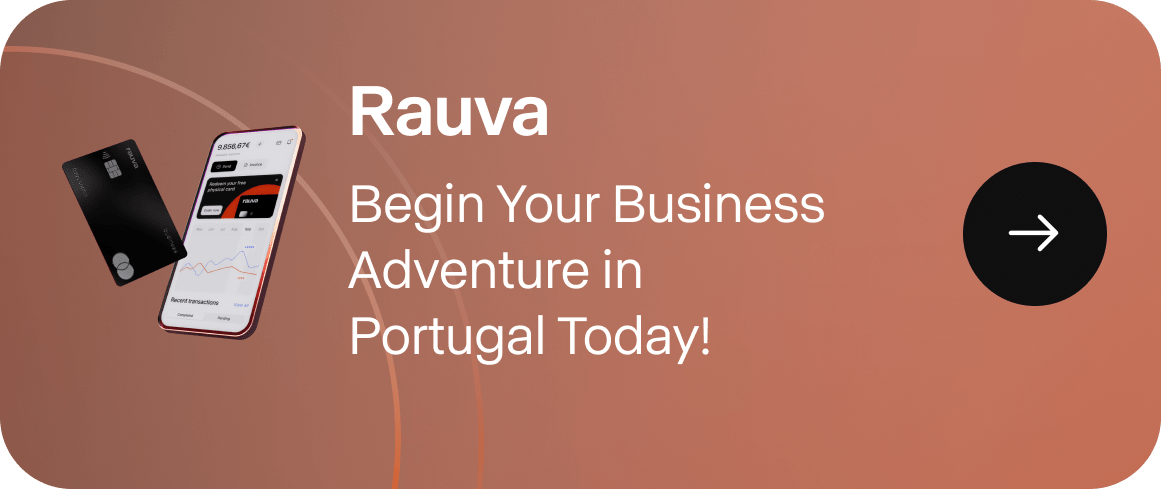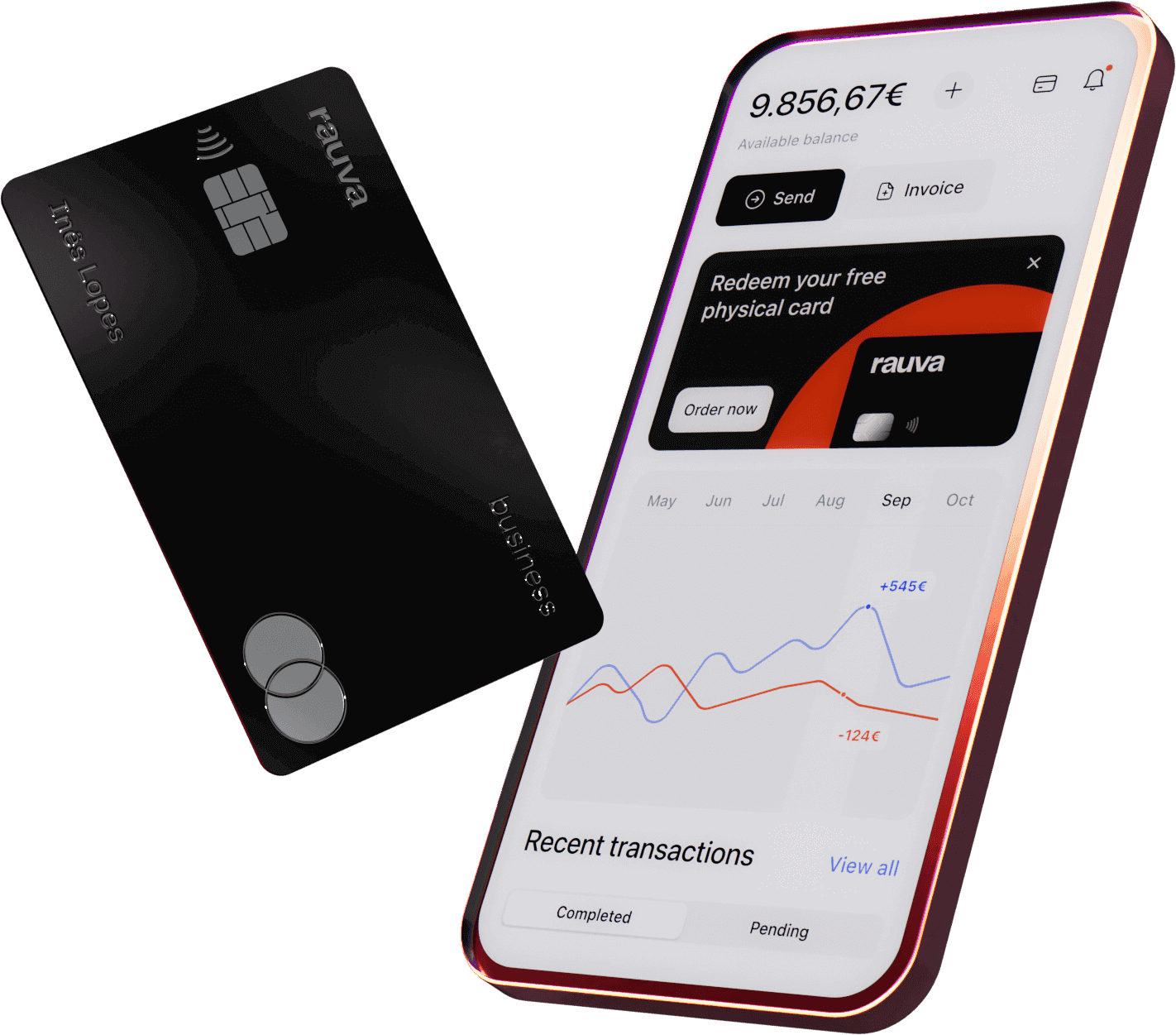You are reading...
Home > Start a Business > What is a Minimum Viable Product (MVP)? The Complete Guide
What is a Minimum Viable Product (MVP)? The Complete Guide
By Bernardo Barbosa
•
Published on 26 March 2024
•
7mins read
Share

If you have a business idea and you want to know how it will perform in the actual market and with real customers, MVPs are the way to go! In this article, we will deep-dive into this exciting business concept to help you finally put your revolutionary product up to the test.
Defining Minimum Viable Product (MVP)
A Minimum Viable Product (MVP) is the most basic version of a product, containing just enough features to satisfy early customers. It's developed with the minimum effort and resources to quickly validate the product's concept and gather user feedback for further development.
An MVP allows companies to release a product with enough core functionalities to attract early adopters and collect essential insights, all while requiring the least amount of resources.
Even though it doesn't have all the features of the final product, an MVP contains just enough elements to inform entrepreneurs whether they should invest in a business idea or not.
The Lean Startup Methodology: The Origins of the MVP
What is the Lean Startup Approach?
The MVP concept is the key element of Eric Ries' Lean Startup methodology, which intends to apply science to entrepreneurship. In Eric Ries' book, readers are introduced to the idea of just-in-time scalability, which states that businesses can test a new product with actual users without spending a fortune.
Eric Ries' approach shows that validated learning of business ideas can be achieved with minimum means as long as the feedback of real users is taken into account. According to the Lean Startup approach, entrepreneurs should allow their target audience to test their actual product as soon as it meets the bare minimum requirements (i.e., as soon as it qualifies as an MVP).

Rauva
Begin your Business
Adventure in Portugal Today!

The Maximum Amount of Validated Learning With the Least Effort
We have already told you that an MVP is the most basic version of a product—but what does this entail? How do mere product ideas become minimally viable?
Well, the concept of MVP makes sense when one considers that it must provide the maximum amount of validated learning with the least amount of effort. For your new product idea to classify as an MVP, it must contain the following three components:
1. Just enough features: Creating an MVP isn't about fully developing a product, but rather about collecting just the essential features that define such a product.
2. A solution to a problem: Despite being "minimum," an MVP must also be "viable." A viable product must offer a solution to a problem despite presenting a minimum set of features.
3. Feedback opportunities: Successful MVPs need to be testable, meaning they can be used to collect customer feedback.
For a minimum viable product to work, these three principles must be respected.
The Advantages of a Minimum Viable Product (MVP)
These are the main benefits of incorporating the MVP approach into your business model:
- **Fast marketability:** An MVP allows you to get a product into the market quickly, enabling you to start gathering feedback and validating your idea without spending excessive time on development.
- **Cost-efficiency:** By focusing on essential features, an MVP minimizes development costs. This approach helps avoid spending resources on unnecessary functionalities that might not be well-received by users.
- **Early feedback:** Launching an MVP allows you to collect valuable feedback from early adopters. This feedback is crucial for understanding user needs, preferences, and pain points, which can guide future development iterations.
- **Risk management:** Building an MVP mitigates the risk of investing heavily in a product that may not meet user needs or market demand.
- **Enhanced focus:** By prioritizing essential functionalities, an MVP keeps the development team focused on what truly matters—the core problem-solving characteristics of their new product.
MVPs are generally great, but they're not perfect. Even though the minimum viable product approach is favored by many developers, it also has its fair share of critics.
Minimum Viable Product (MVP) Criticism
Ever since Eric Ries helped to popularize the Lean Startup approach, the minimum viable product has been incorporated into the business model of countless small and large companies. However, it has also given rise to some criticism.
Those who are against the MVP approach tend to focus on two main disadvantages:
1. MVPs are easily copied. Releasing an MVP means putting a new product out there that's easily accessible not only to first-stage customers but also to other companies. Since the MVP is a very simple product comprised only of essential features, it can be easily imitated by your competitors.
2. MVPs can hurt a company's reputation. Giving users access to an MVP means that you're opening up the testing stage of your new product to the public. If your MVP fails drastically, the reputation of your business can be seriously damaged.
How to Turn a Business Idea Into a Minimum Viable Product (MVP)
By now, you are familiar with the characteristics, benefits, and potential disadvantages of an MVP. But how can you turn a basic business idea into an actual product that, despite being minimally viable, can still be used by customers to provide feedback?
To keep you on the right track, here's a step-by-step guide to turning business ideas into functional MVPs:
1. Identifying Core Features
Start by clearly defining your business idea. Understand the problem you're solving, your target audience, and the value your product/service will offer. Then, list the absolute minimum set of features your product needs to solve the identified problem or deliver value.
Finally, rank the identified features based on their importance and impact. Focus just on the critical functionalities that define the core value proposition of your product, not on additional features that can be added later on.
2. Building the MVP
Develop a basic prototype or mockup showcasing the core functionalities. This could be a simple wireframe, a clickable prototype, or a basic version of the product that demonstrates its key features.
Then, create the actual MVP using the insights from the prototype. Keep the design and development lean, focusing only on the essential elements necessary to make the product functional.
3. Releasing the MVP
Release the MVP to a limited audience or early adopters. Collect feedback through surveys, user interviews, analytics, and other feedback mechanisms. This will be crucial for validating assumptions and understanding user needs.
Use the collected feedback to iterate and improve the product. Focus on refining existing features or adding new ones based on user suggestions and pain points.
In this step of the process, it's also important to consider feedback-collection strategies such as using focus groups, conducting interviews with customers, and creating a landing page.
4. Marketing the MVP
Once you've iterated on the MVP and incorporated valuable feedback, consider a broader launch. Develop a marketing strategy to reach a wider audience and promote your product.
Track key metrics such as user engagement, retention, and satisfaction. Analyze these to gain insights into user behavior and preferences, which will inform further iterations and improvements.

Rauva
Begin your Business
Adventure in Portugal Today!

Famous Minimum Viable Product (MVP) Examples
MVPs are more easily understood if they're placed in a proper given context. The term MVP is thrown around a lot, but how does it work in an actual project?
The following three real-world examples should help to clarify what MVPs are all about:
Example 1: Airbnb
Example 2: Dropbox
Example 3: Uber
MVP vs Minimum Marketable Product
The difference between an MVP and a minimum marketable product is that the first is mainly used to test business hypotheses, while the latter must be complete enough to be market-sellable.
In short, a minimum marketable product is an expansion of an MVP that is considered to be fully ready for commercialization.
MVP vs Minimum Lovable Product
The difference between an MVP and a minimum lovable product is that, while the first prioritizes functionality and validation, the latter goes further by emphasizing emotional engagement, design, and user experience to create a product that users not only need but also deeply appreciate and love using.
For example: whereas the landing page of an MVP just needs to be functional and work, the landing page of a minimum lovable product should be pretty enough to charm customers.
Conclusion
Building an effective MVP requires judgment, but it also empowers entrepreneurs with the ability to validate a new project without spending a fortune on the first version of a product. It's a strategy that puts functionality first, allowing businesses to fully test their products in a cost-efficient manner. A must-know for every aspiring business owner in Portugal!
Written by Bernardo Barbosa
Our specialised team focuses on bringing relevant and useful content everyday for our community of entrepeneurs. We love to stay updated and we thrive on sharing the best news with you.
Subscribe to our newsletter
Receive the latests insights and trends to help you start and run your business.

